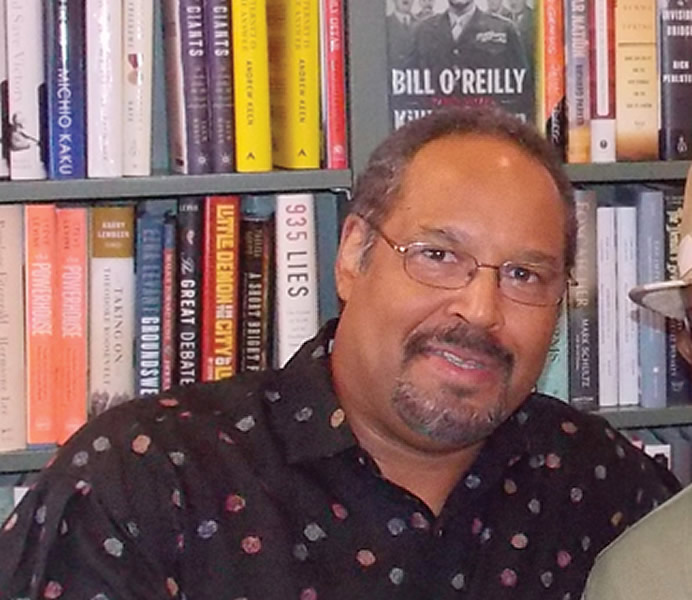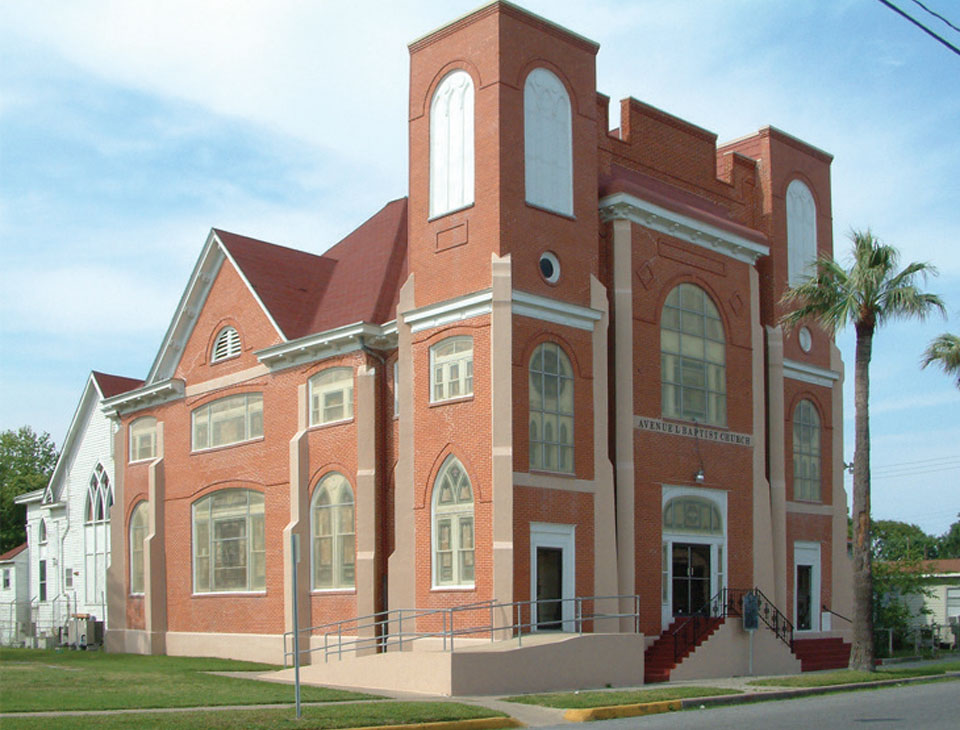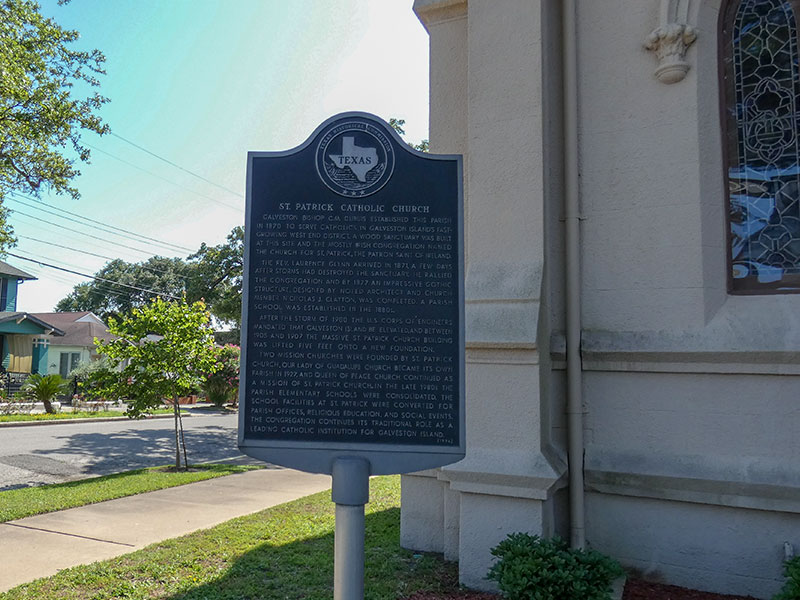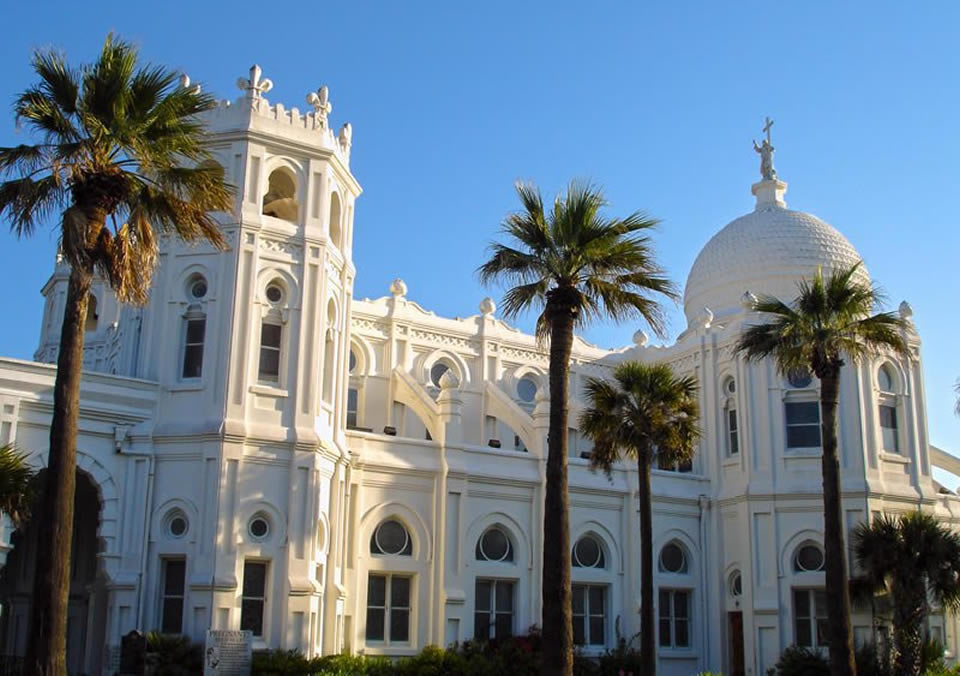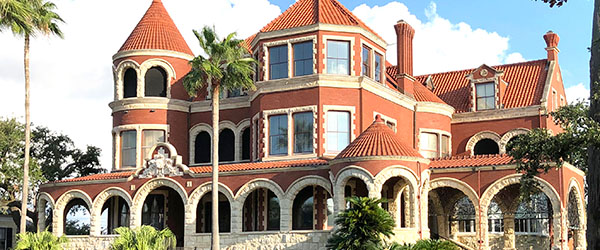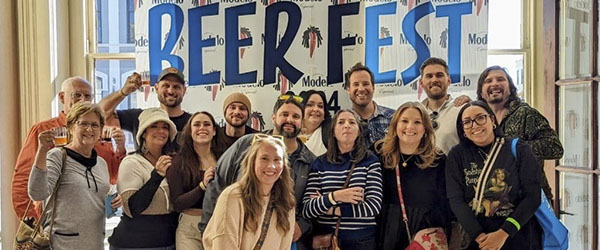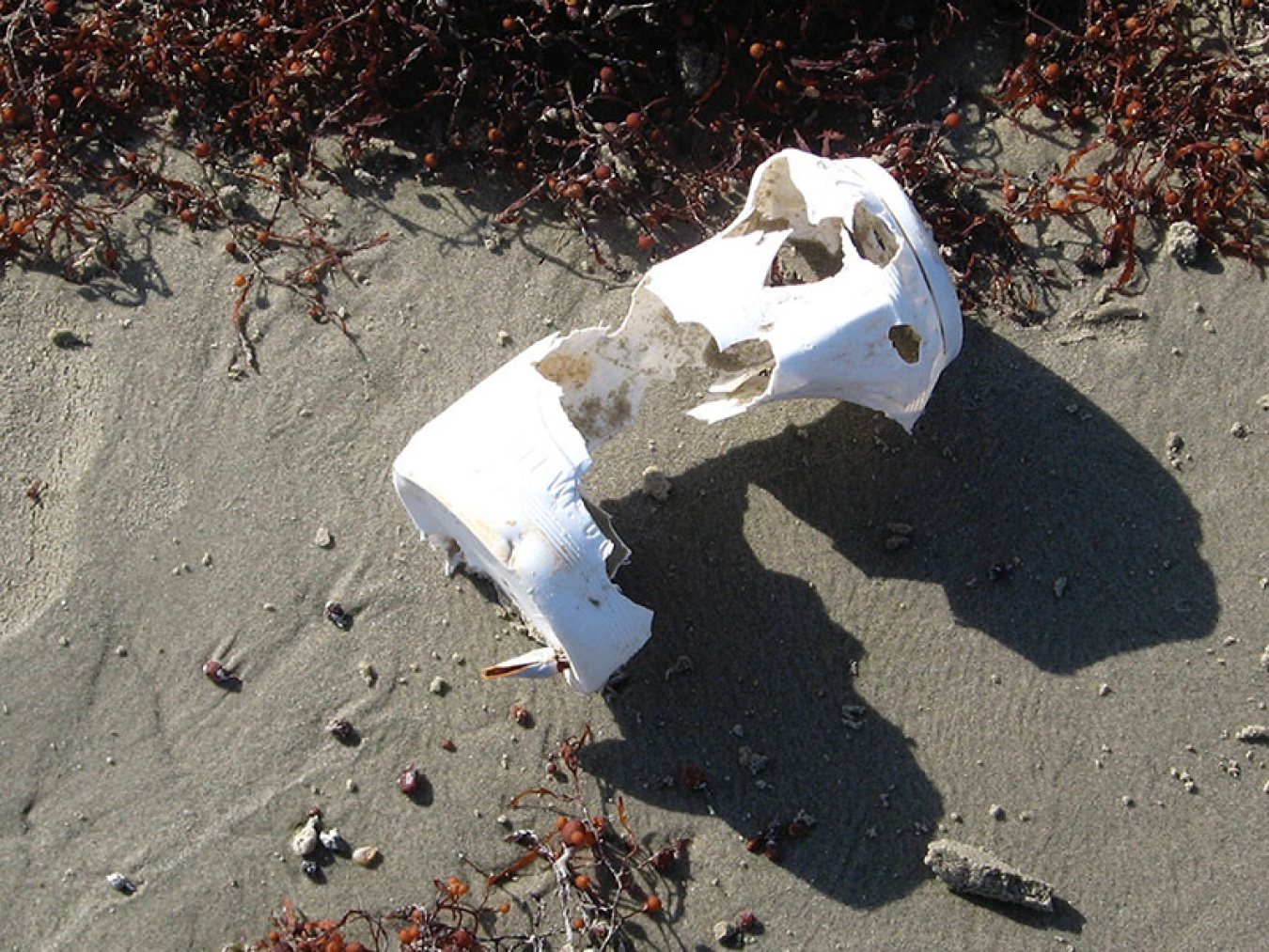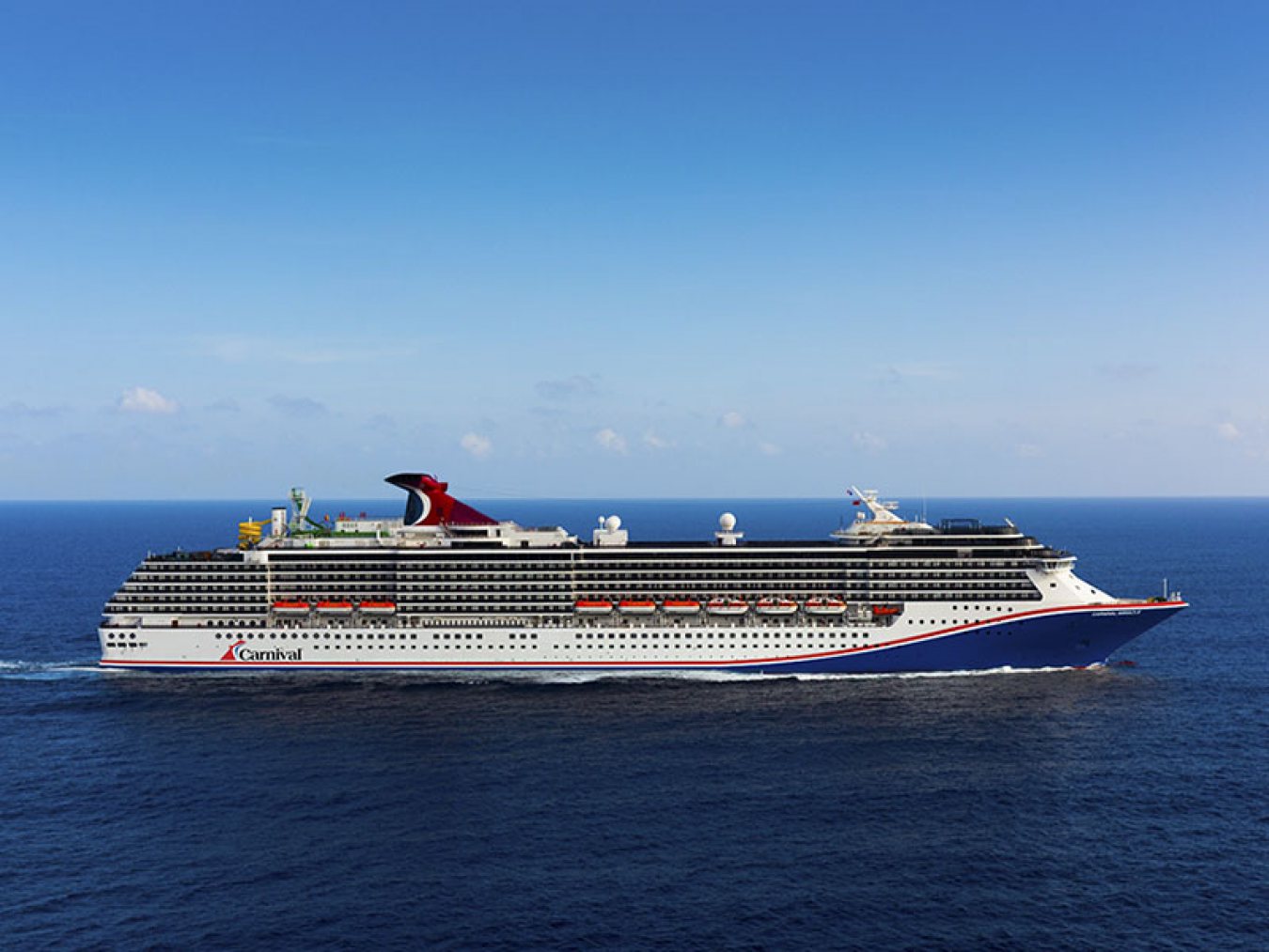Historic Churches Abound on Galveston Island
While cruising aimlessly around the island from time to time as I am wont to do, I’m frequently awestruck by the sheer number of stately, generations-old churches that populate Galveston. In fact, there are so many churches sporting historical markers that you practically have to take care not to back into one.
Like the historic homes that have survived Galveston’s numerous natural disasters and ebbs and flows in economic vitality to remain symbols of the island’s gloriously proud and rugged past, many churches that are still very much in use today trace their origins to a time when Galveston reigned as a business, cultural and spiritual center of Texas. It would literally take days to tour all of Galveston’s historic places of worship, but I had a chance recently visit a handful of the most notable ones.
Historical Marker & Avenue L Missionary Baptist Church
Founded in 1855 as one of the first churches in Texas founded by an African-American congregation, this church occupies a hallowed position in the history of the state$1s African-American churches. Originally called the Colored Baptist Church, it served as a safe haven for the slave population of the island, who not only worshipped there, but also learned to read and write at a time when it was unlawful to teach slaves such skills. Its name was changed to Avenue L Missionary Baptist Church in 1903 and the current building, designed and constructed by the Tanner Brothers, one of the few African-American construction companies in business at the time, was completed in 1916. The original wooden sanctuary remains on the property. The twin fortress-like towers that dominate the front of the church portray a sense of stability and safety that the early congregants surely needed.
Historical Marker: St. Patrick Catholic Church
Another structure that owes its breathtaking beauty to the pen of noted architect Nicholas Clayton—who attended the church—the original sanctuary, built in 1870, was a victim of the Great Storm of 1900. After being elevated some five feet onto a new foundation, it was re-built in 1907 with the towering, ornate steeple as the dominant exterior feature. As impressive as the exterior may be, the interior, featuring majestic gothic arches, magnificent stained glass and even beautiful circular ceiling windows, might be even more stunning.
Sacred Heart Catholic Church
One of the most dazzling visual experiences on the island, this Nicholas Clayton-designed church demands attention thanks to its pristine white stone façade, Byzantine design cues, and massive white dome. The interior is equally spectacular. Once the largest church in Texas, Sacred Heart was established in 1884, but the original sanctuary was a victim of the Great Storm of 1900, with all but two stained glass windows, the Mass bell and the statue of the Sacred Heart and Crucifix destroyed. Those items remain at the church today. It was re-built in 1904, with octagonal towers, flying buttresses and elaborate ornamentation combining to create a truly magnificent place of worship. It was designated as an official Texas historical landmark in 1981.
Take a Self-guided Tour
The Quest For The Best
Rod Evans
Rod Evans is a Houston freelance writer who enjoys getting down to the island as often as he possibly can. He has focused primarily on sports, music, fitness, cars and food during his career in print, broadcast and online media. He's the co-author with Houston blues legend Grady Gaines on the book, "I've Been Out There: On the Road with Legends of Rock 'n Roll."